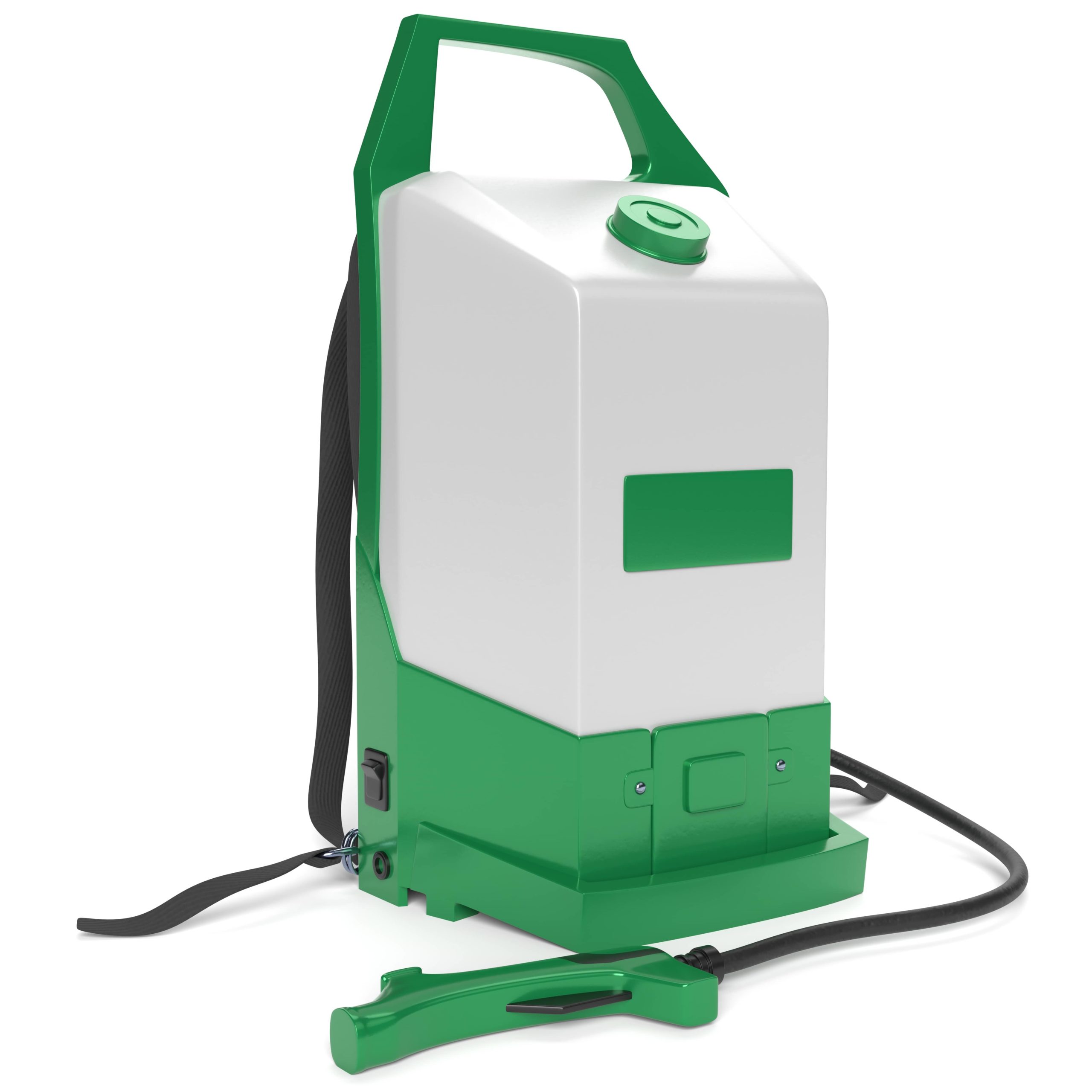How to Ensure that Electrostatic Sprayers Deliver Effective Disinfection

In the business of cleaning and disinfecting the patient care environment, the Environmental Services Department (EVS) is asked to perform processes that change a “soiled” room into a “patient ready” room. Perhaps the soiled room was a trauma room in the emergency department that just treated a victim of a car accident. Or maybe it’s a 500 sq. ft. surgical suite that was used to do a quadruple bypass on a person who suffered a heart attack.
The process has different names depending on where the soiled room is, such as turnover, between-case-cleaning, terminal cleaning, or end-of-day cleaning. But the most important thing to know about the process is that it is a crucial opportunity to break the chain of infection from one patient to the next. One of the tools we can use to disinfect hard non-porous surfaces more effectively is electrostatic sprayers (ES).
The benefits of using ES sprayers to apply disinfectants
After surfaces in a room are cleaned with a microfiber wiper, a flat mop with a general-purpose cleaner, electrostatic application of disinfectant allows the EVS team to cover large complex surfaces with disinfectant quickly. This process can be done in less than 5 minutes in a semi-private patient room and restroom.
ESS distributes an even layer of disinfectant on surfaces while still applying enough disinfectant to meet the EPA-required label contact time for the disinfectant. The charged droplets also wrap around complex surfaces, reducing the need to have line-of-sight or gravitational pull spraying.
What are the variables in using ES sprayers to disinfect surfaces?
ES sprayers are increasingly being considered as an alternate method to apply disinfectants to hard non-porous surfaces. While ES has been used for decades in applications such as paint spraying, spraying of pesticides on agricultural crops, and inkjet printing, the use for applying liquid disinfectants to environmental surfaces is a newer use of ES and a standardized method for evaluating ES does not currently exist.
Here is a list of just a few of the factors that influence the performance of ES disinfection in real-world facilities:
- Median droplet size
- Angle of contact for the droplets impacting the surface and angle of the ES nozzle
- Number of room air exchanges
- Size/shape of the surface(s) being disinfected
- Amount of liquid disinfectant delivered to the surface
How can we ensure the effective use of ES sprayers to disinfect healthcare surfaces?
The Healthcare Surfaces Institute has formed a group of scientists and industry leaders to create a standardized method for testing and validating ES sprayers.
- Manufacturers of ES sprayers can use HSI’s testing method to certify the ability of their device to deliver effective disinfection.
- Healthcare facilities can use HSI’s testing method to differentiate between products that have met an ANSI standard for ES sprayers and those that have not.
The HSI Surface Material and Product Certification process will be available later in 2022. Please sign up for our e-newsletter to receive updates on this program.
As a 501(c)(3) non-profit organization, we rely on donations to save lives. We need your help.
Please consider donating, becoming a member, or exploring corporate sponsorship through your workplace today.

